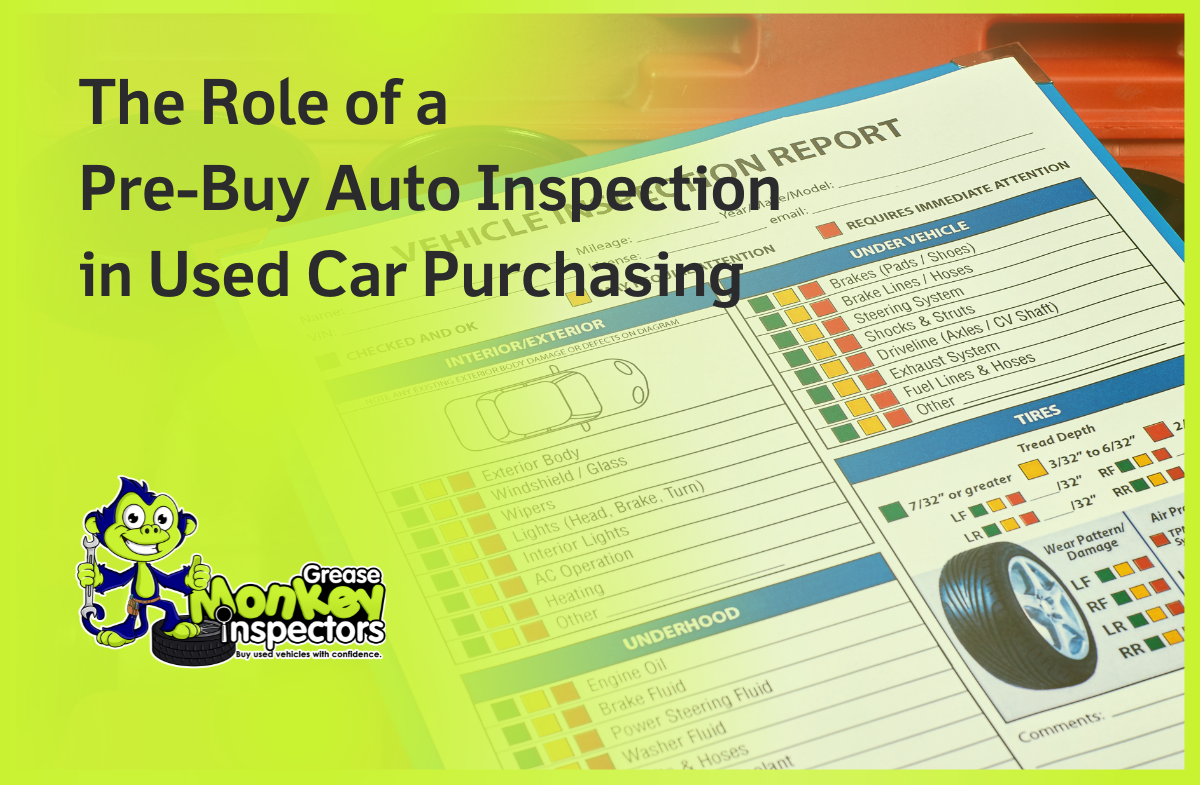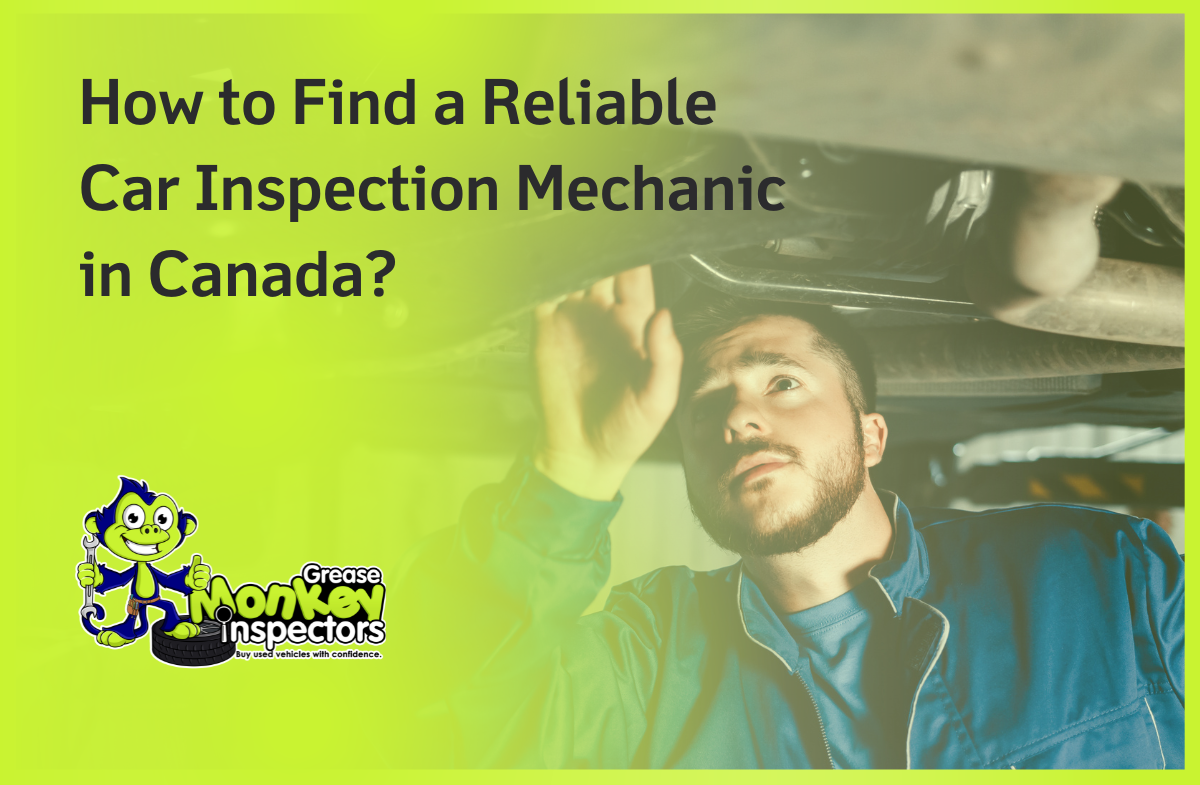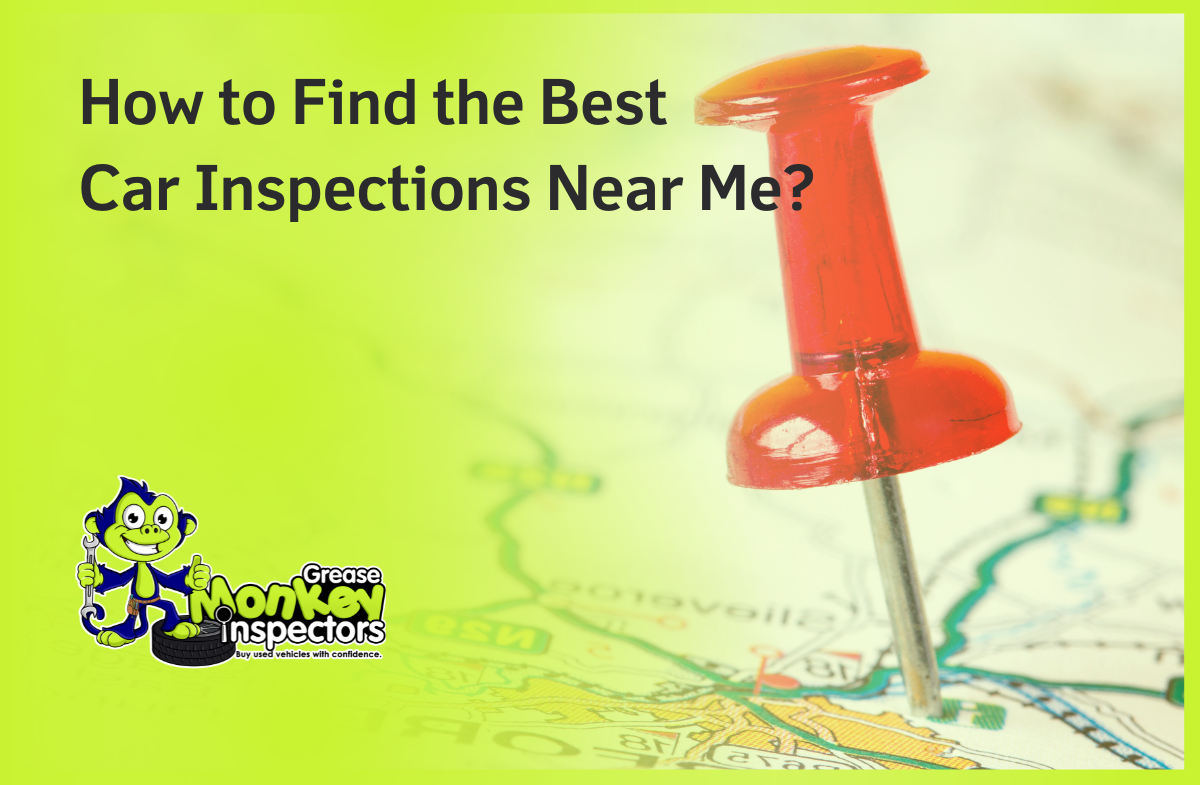If you’re buying a used car in Toronto, ensuring it meets safety standards is crucial. A “car safety inspection Toronto” isn’t just a legal requirement in some cases—it’s your assurance of a safe and reliable vehicle. Here’s why safety inspections are required, how to prepare for one, and where to get it done.
Understanding Car Safety Inspections in Toronto
A vehicle safety inspection is mandated in Ontario to ensure that any vehicle being registered or transferred complies with provincial standards. This inspection verifies that critical components like brakes, tires, and steering are safe for road use.
When Is a Car Safety Inspection Required?
- A safety standards certificate (SSC) is required in several cases:
- Registering a used car in your name
- Transferring ownership to another individual
- For out-of-province vehicles registration in Ontario
If you’re purchasing a used vehicle, most private sales will require you to obtain this certification before registration. However, dealerships often handle this for you.
Where to Get a Car Safety Inspection in Toronto?
You can get your car safety inspection in Toronto at licensed motor vehicle inspection stations. These stations are certified by Ontario’s Ministry of Transportation to conduct inspections and issue safety certificates.
Cost of a Car Safety Inspection
The cost of a vehicle safety inspection varies depending on the station and type of vehicle. On average, a standard car inspection in Toronto costs between CAD 60 and 120. It’s important to confirm rates beforehand.
How to Prepare for a Car Safety Inspection?
Key preparation steps:
- Check the brakes, tires, and suspension.
- Ensure lights and signals are functional.
- Look for visible damage or wear to critical parts.
Pro Tip – To avoid failed inspections, consider getting a pre purchase car inspection before buying the vehicle.
Why a Pre-Purchase Vehicle Inspection Matters?
A car safety inspection Toronto is a legal requirement when buying a used car. However, this inspection verifies that safety components like brakes, seatbelts, tyres, suspension and steering are safe for road use. So, if you are looking for something more than a simple safety checkup, invest in a pre-purchase inspection.
Combine a car safety inspection with a pre-purchase inspection when you buy the vehicle, and you’ve got yourself a safe and legal vehicle that you can take to the road confidently. At Greasemonkey Inspectors, we specialise in thorough pre purchase vehicle inspections, helping you make informed decisions and avoid costly mistakes.










